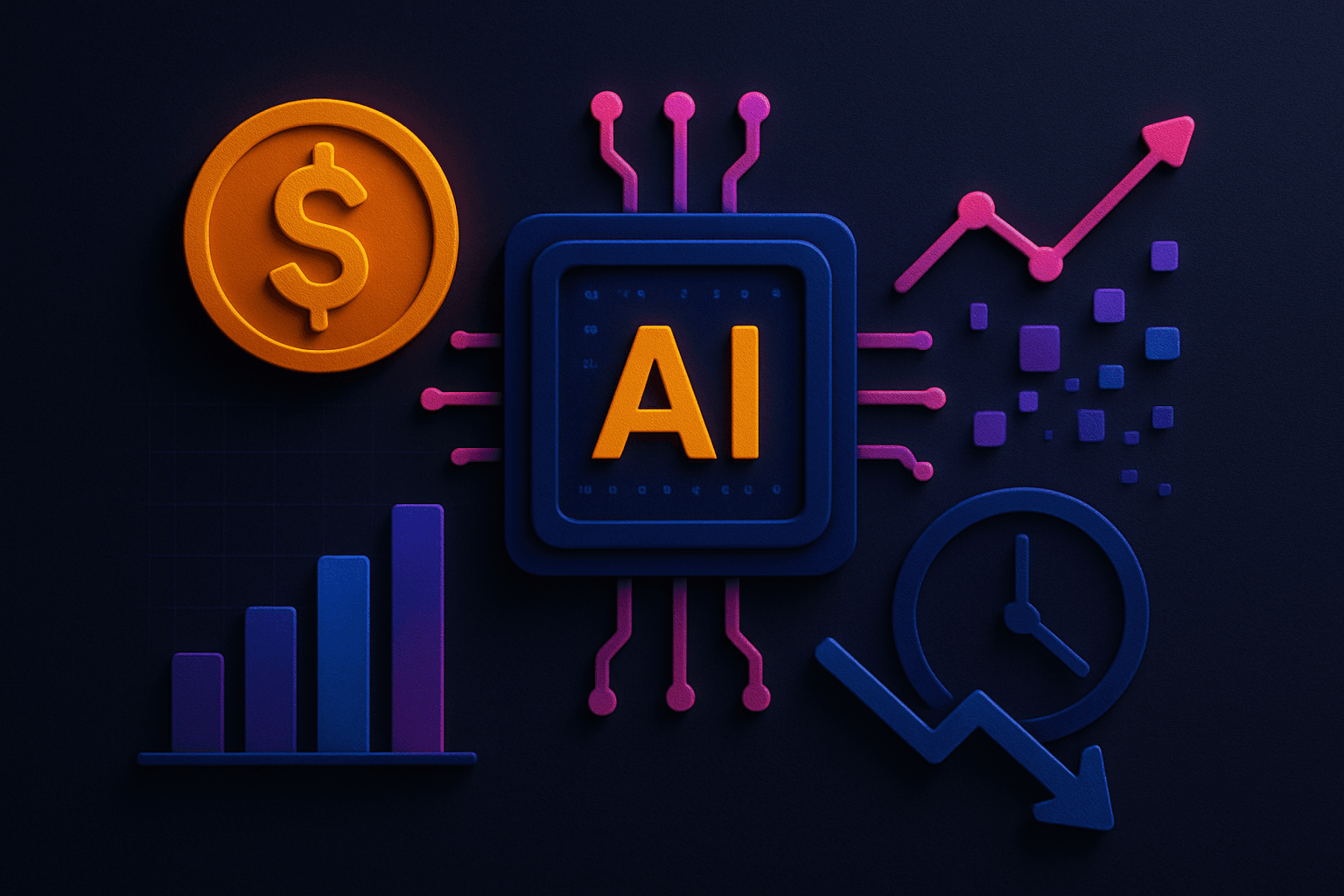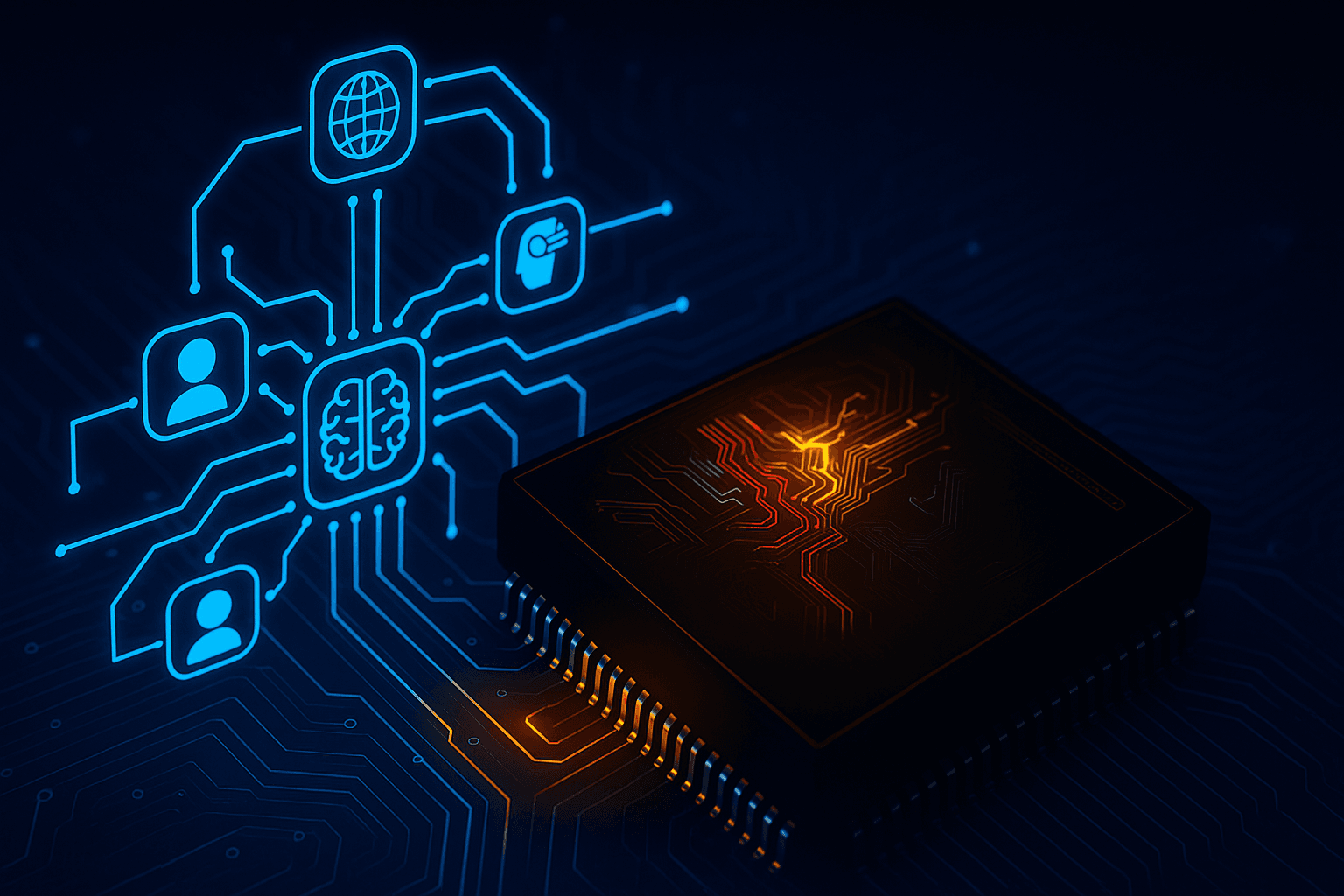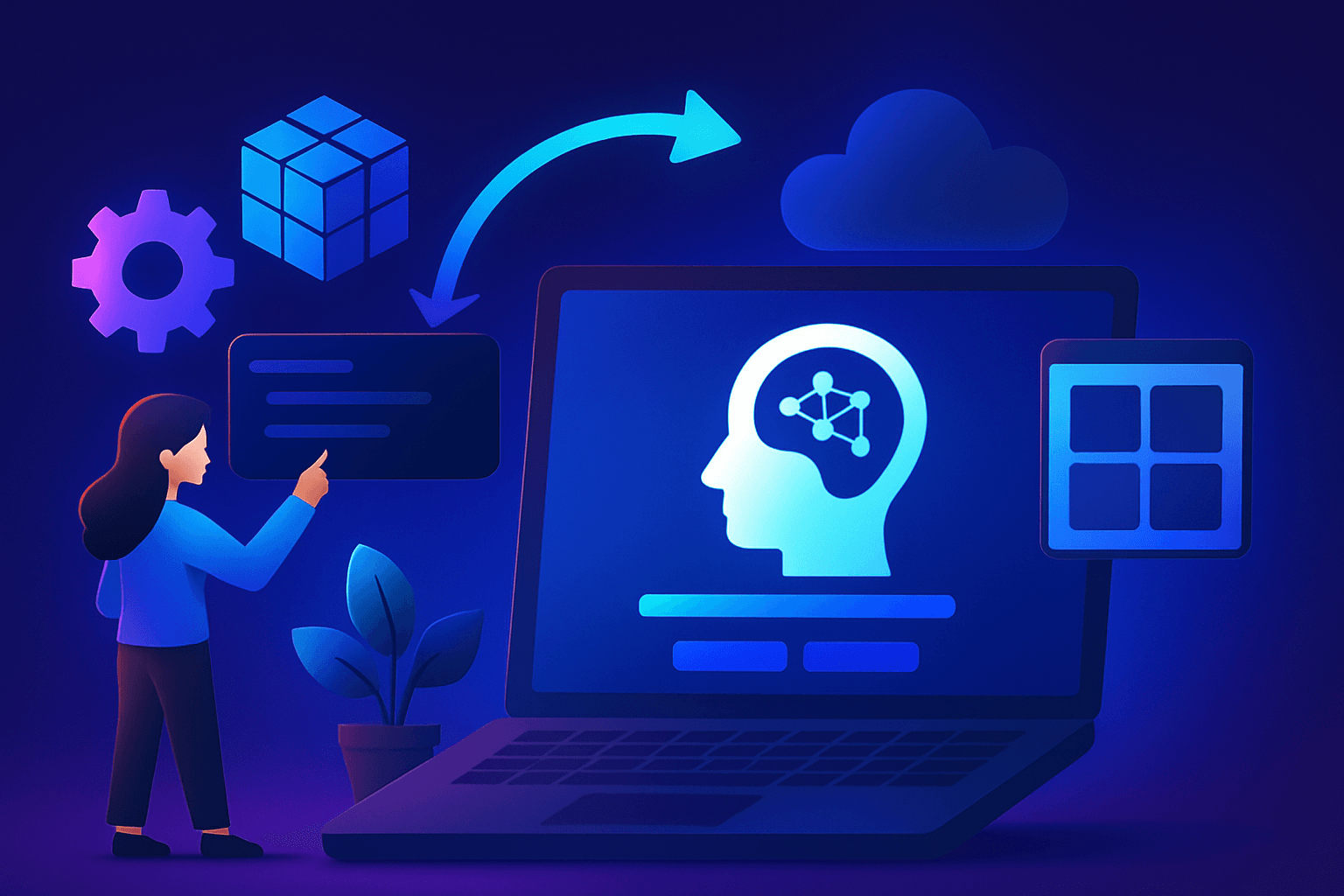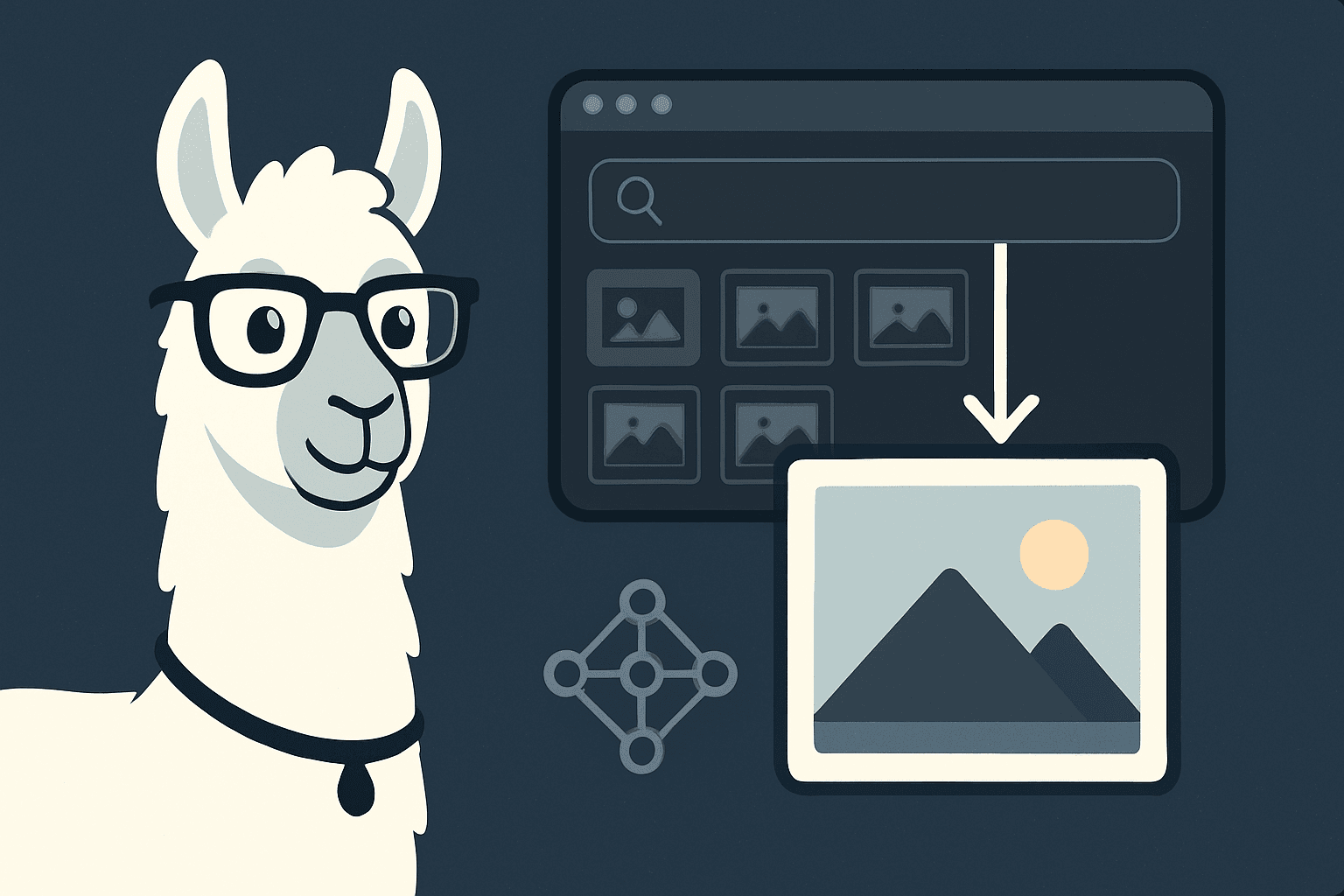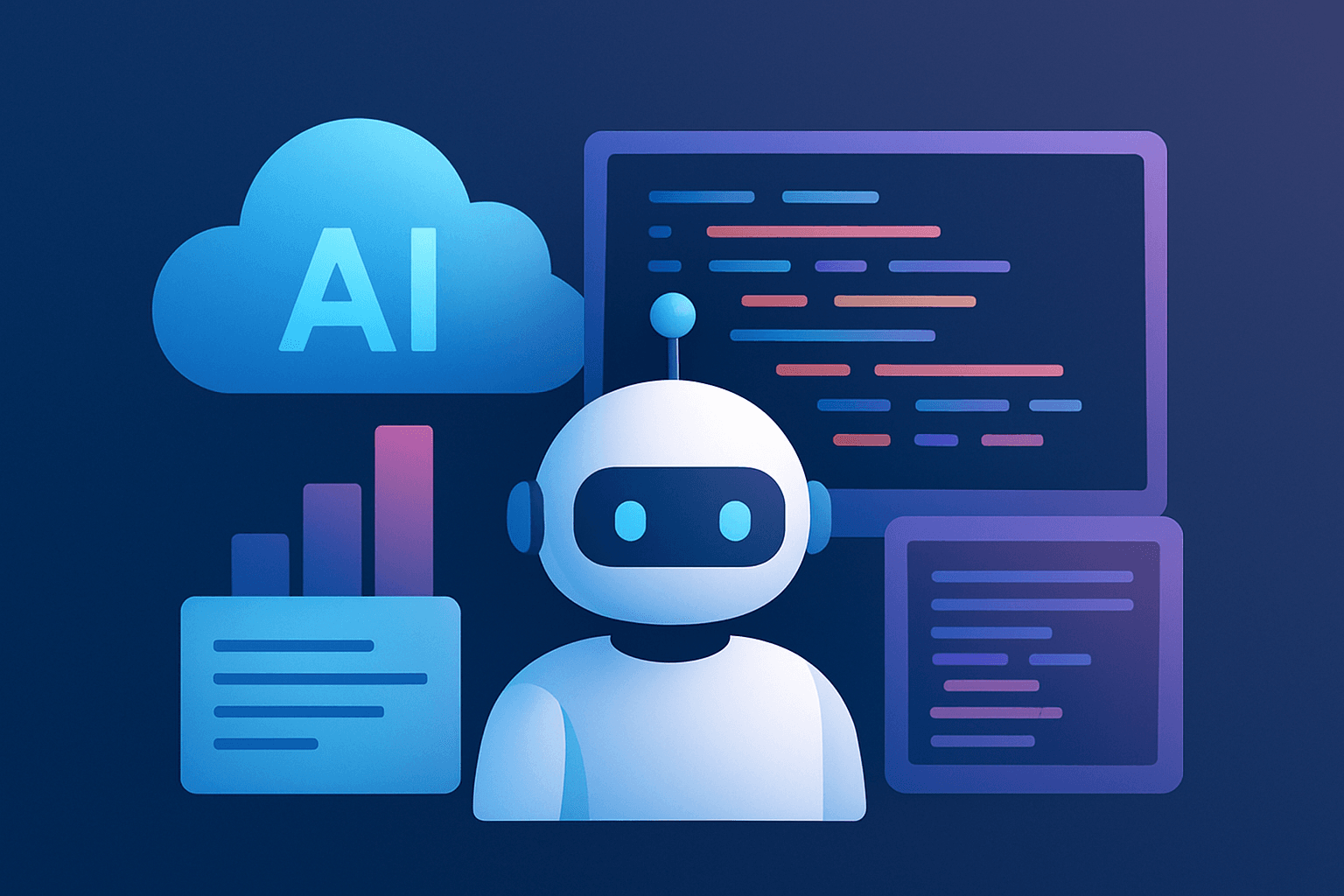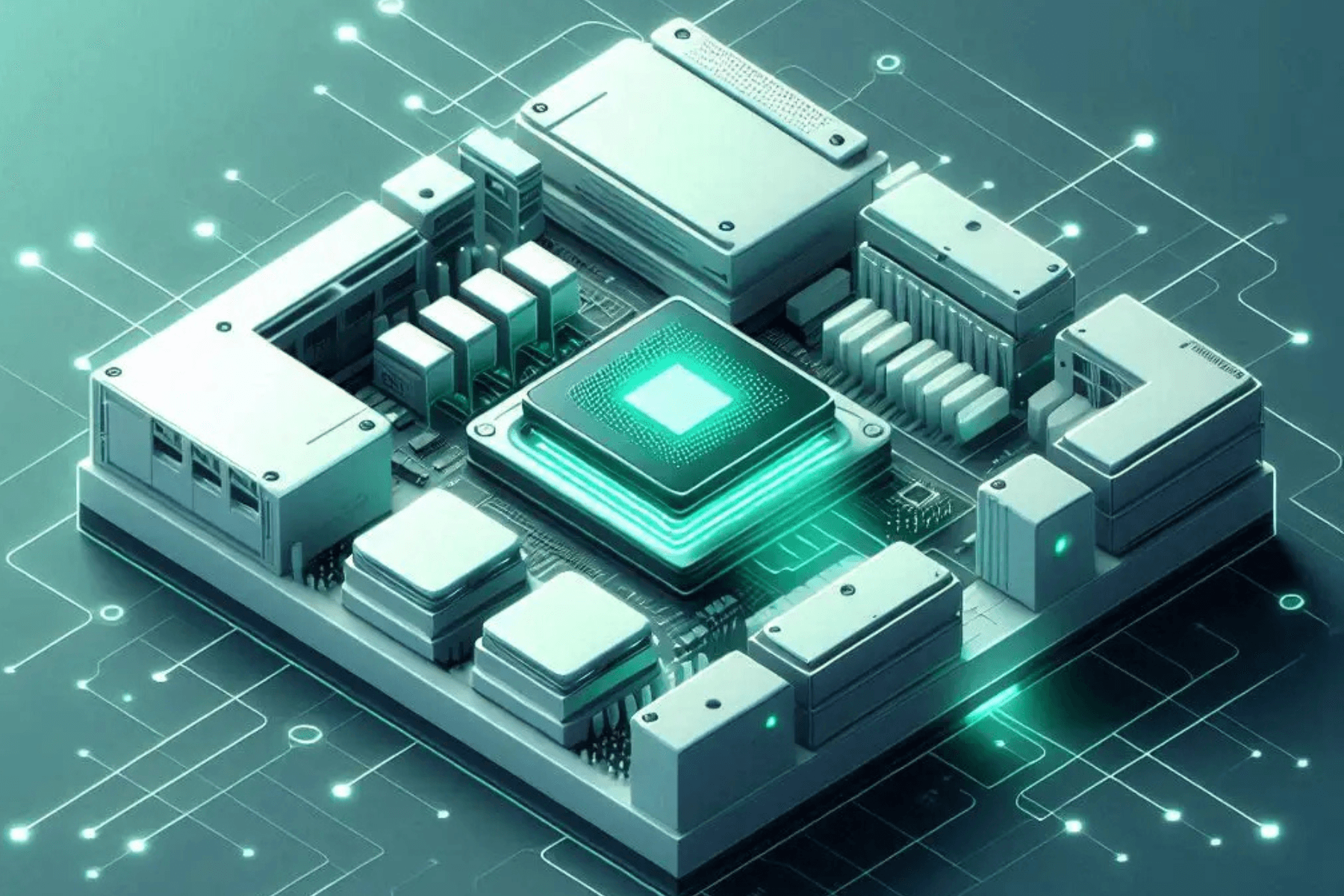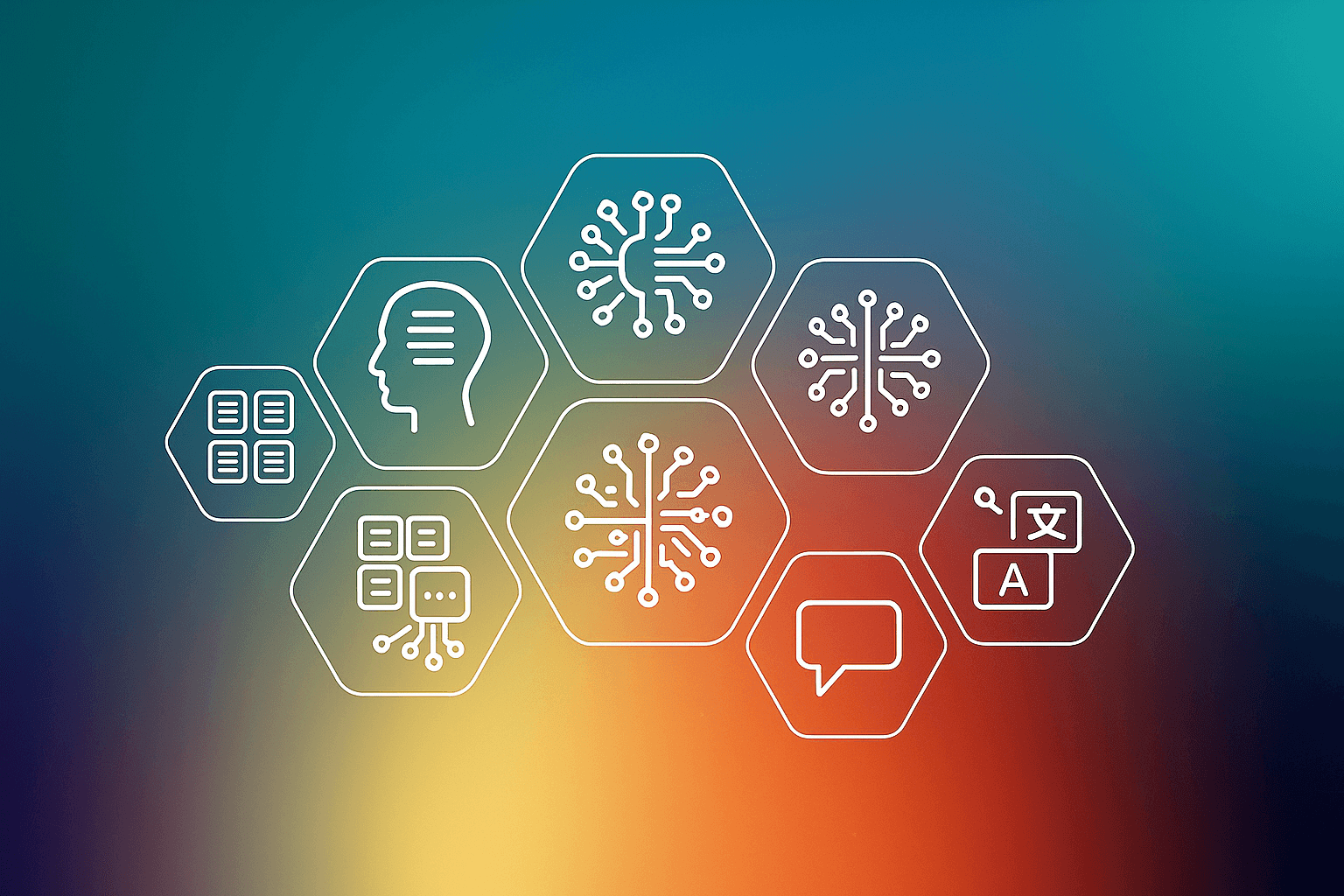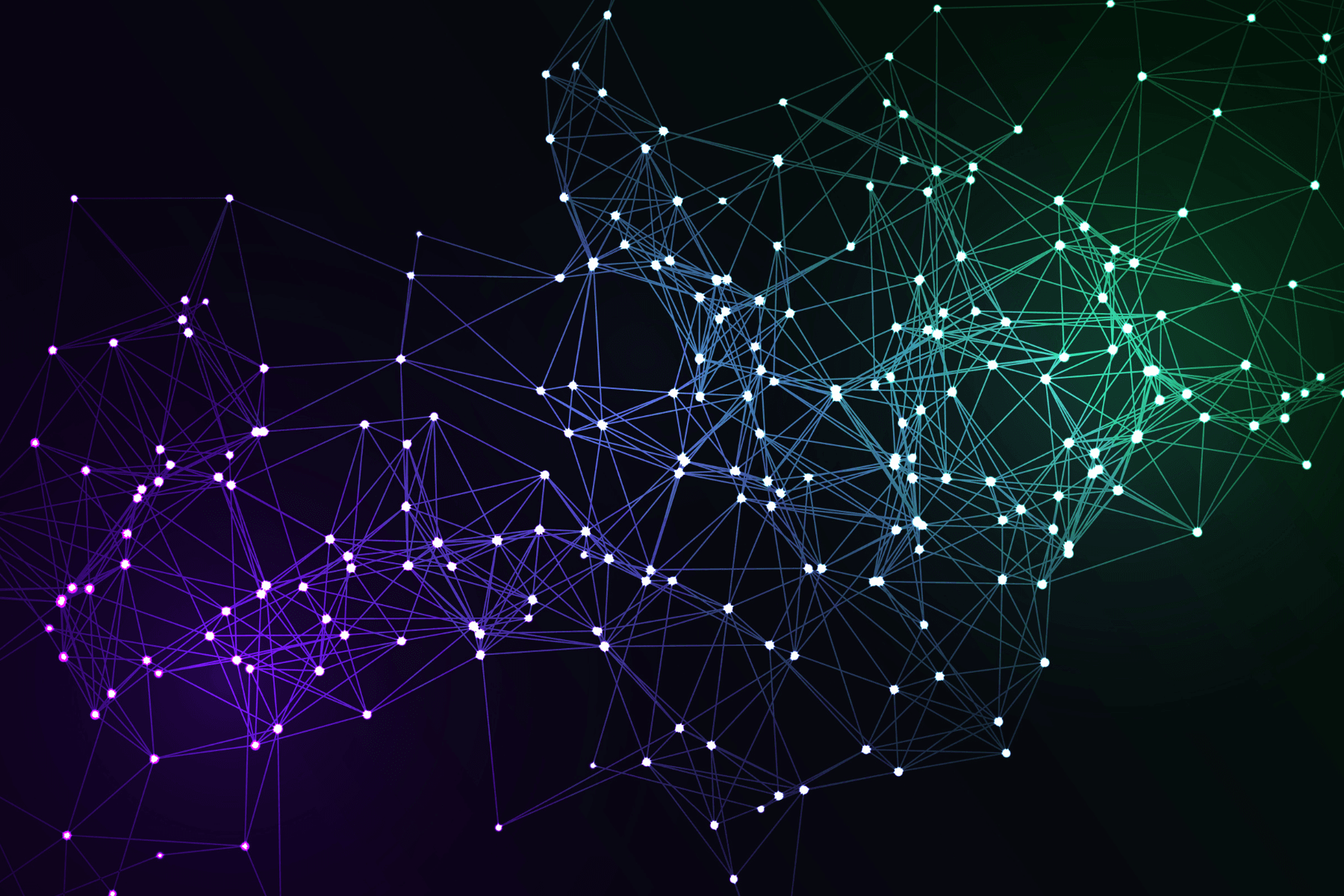Artificial Intelligence is the latest technology where human intelligence is put into the machines and performs tasks that humans do. Some examples are automated cars, digital assistants, text summarizers etc. Machine Learning and Deep learning is part Artificial Intelligence used in this technological advancement.
Some of the applications of Artificial Intelligence are:
- Language modelling is a natural language processing (NLP) application that decides the sentence formation with a collection of words in a particular order.
- Recommendation Systems filters information to successfully predict a situation or preference for a user against any item.
- Image recognition is when machines can locate and identify images as humans can see some objects and make a decision. Computer Vision is the domain of study here.
- Language translation is the application of translating text from one language to another so that different types of humans can absorb a considerable amount of information. Machines, to be more precise, machine learning algorithms complete these processes.
- Object detection in a video or any image is that process where the object is a human or a car or a plant is detected and accordingly categorized.
- Automatic speech recognition (ASR) systems are where human spoken instructions or problems are recognized. Chatbots are good examples. There it needs to convert audio to subtitles in a video and more.
- Speech processing or text-to-speech produces human speech from written text or messages.
- High-performance computing (HPC) is one of the most important instruments which improves computations in terms of time and accuracy in machines.
NVIDIA provides a wide range of resources that satisfy the needs of data scientists, developers, and researchers in different levels of work, including containers for Deep Learning and Machine Learning applications. NVIDIA GPU Cloud computing provides flexible use in AI applications, mainly graphical and gaming systems.
NVIDIA provides GPU Cloud to execute high-performance workloads. NVIDIA containers are used to run high-performance computing applications.
The Isaac Sim Container in NVIDIA GPU Cloud is one of them. Above all, data-hungry workloads are successfully executed with the help of NVIDIA Cloud GPU Servers.
The NVIDIA Isaac Sim is a container that provides a virtual environment, specifically for the AI-enabled robots to program. The environment is suitable for machine performance testing and program modification. In this environment, robotic experiments are performed, including robot models and simulating sensors like RGB-D, contact, ultrasonic, Lidar, etc.
The NVIDIA Isaac Sim supports Navigation, modification, deep learning applications using Python, ROS, and Isaac SDK. In AI developments, NVIDIA Isaac Sim provides powerful utilities for synthetic data generation such as domain randomization, ground truth labelling, recognition, and bounding boxes. It is built on the NVIDIA Omniverse platform. Advanced NVIDIA GPU Cloud-enabled container is successfully used to run high-performance applications.
Some of the features of the Isaac Sim Container available in NVIDIA GPU Cloud:
- Realistic Simulation:
The Isaac Sim container is developed on the Omniverse platform. It uses the strong logic of the platform, including GPU supported simulation system with PhysX 5, photo reproduction with the help of rays and path tracing.
2. Modulor Building Balances Breadth of Application:
Isaac Sim is developed to address most of the typical simulation challenges in robotics to modify, navigate, synthetic data creation for training data. Because of the modular architecture, the utility can be customized easily.
3. Flawless Connectivity and Integration:
NVIDIA Isaac Sim can support cooperative development, sharing, and import robot models. It is easy to make the robots work in the virtual environment and improve robotic brains to work. NVIDIA Omniverse Nucleus and Omniverse Connectors are used here.
4. Creation of Artificial Data to Train Models:
Train models for large amounts of data and diversified data can be expensive, time-taking and risky to manage in some situations.
Isaac Sim container helps developers in training the machines with the use of Omniverse Replicator.
Artificial data can speed up machine learning workflows. While developing machines, real-world data can be augmented with synthetic data to reduce the training time required to train a production model.
- Simulating Manipulation:
It is essential in robotics that they can recognize objects, collect them and keep them in the proper place. This is important in modern factories and warehouse environments, and Isaac Sim has the built-in logic to increase actions in robots.
2. To imitate Navigation:
AI-enabled robotic machines have to be able to move from one position to another position without collision. This capability is programmed in the robots by the navigation stack. NVIDIA Isaac Sim container helps in the programming.
3. Importing Robots or Assets into Isaac Sim Container:
Because of NVIDIA Omniverse, Isaac Sim provides import operations for robot models and other assets into the robotics simulator system. It helps a lot to train and test the models efficiently. Isaac Sim also provides an excellent product design.
The Power of an Accelerated Platform For Robotics And AI
The Isaac Autonomous Mobile Robots (AMR) platform widens NVIDIA Isaac's strengths for programmers to develop and deploy robotic machines, to provide mapping, site analytics, and fleet and route escalation onto NVIDIA GPU online servers.
The Isaac Sim container platform helps to enhance and accelerate AMR
developments for the logistics industry from warehouses to retail.
Isaac Sim now facilitates developers with a data cockpit to artificially create datasets for machine learning (ML) models from easy-to-understand frameworks. Powered by Omniverse Replicator, NVIDIA Isaac Sim generates synthetic data that can be used to train DNNs running on an AMR. This helps developers build and deploy AI-enabled robots that work with safety and avoid common mistakes, like the collision of robots with forklift tines.
Some of the benefits revisited here:
- Creation of Artificial Data
- Simulation of AI machines
- To Train the robots in the NVIDIA GPU cloud computing environment.
- High-performance Robotic application development, management and deployment.
E2E GPU cloud provider
E2E provides NVIDIA GPU cloud computing. Accelerated cloud computing improves the development of Autonomous Mobile Robots development, and E2E cloud GPU servers can be used here. E2E cloud supported by NVIDIA, in Machine Learning and Deep Learning works improves productivity.
E2E GPU Cloud is powered entirely with NVIDIA T4, Tesla V100, RTX 8000, NVIDIA A30, and NVIDIA A100 GPUs. It provides cloud GPU for startups with the power of NVIDIA. E2E is a cheap GPU Cloud provider.
